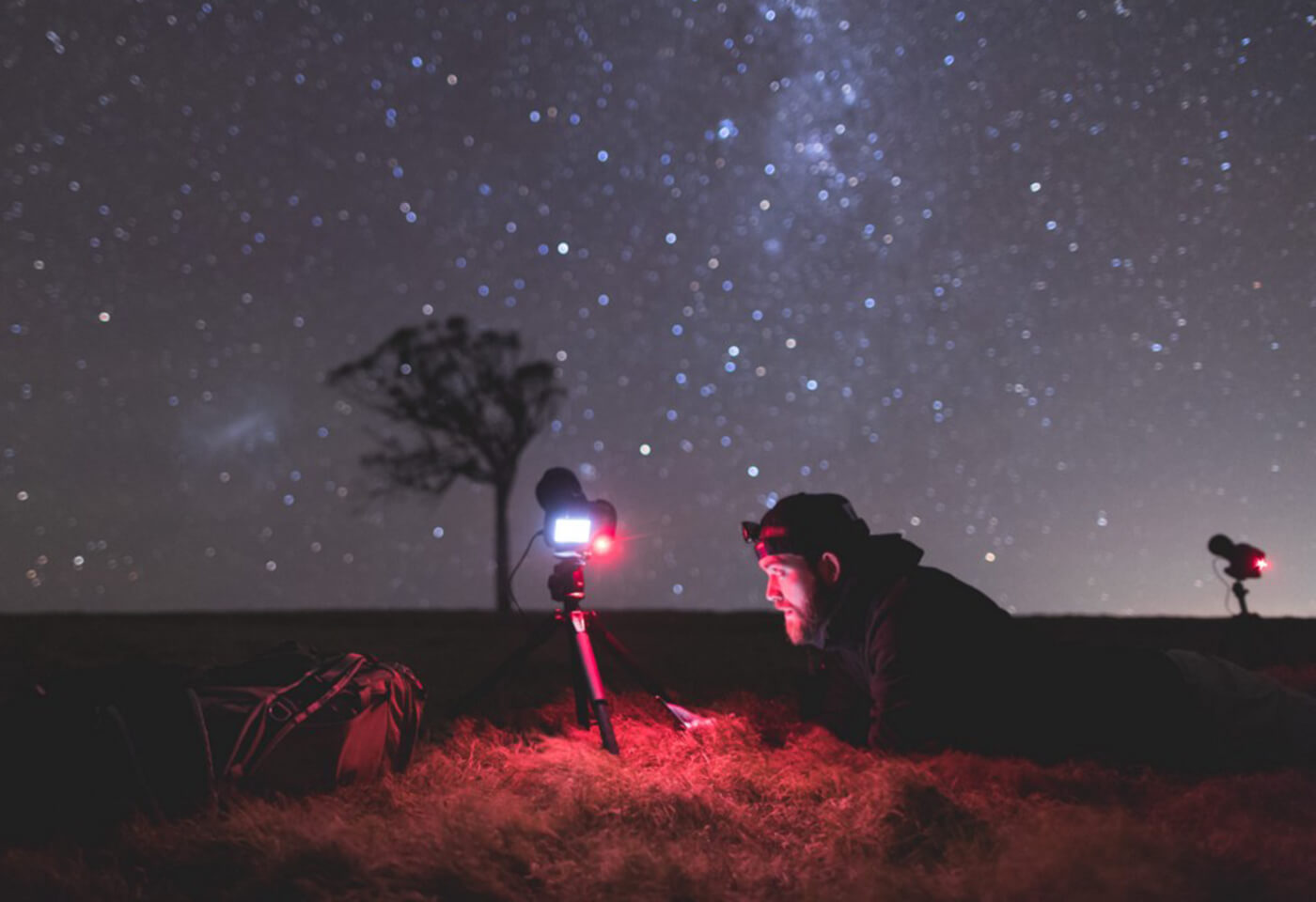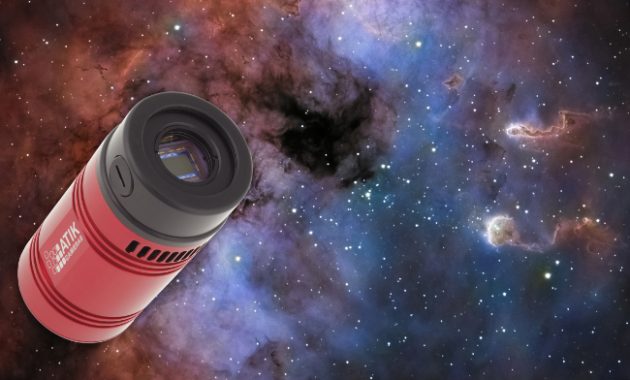Experience shows that the camera brings a significant help as we will discover.
When selecting and reviewing observations, the following three points must be taken into account:
- Atmospheric circumstances: observations made with a magnitude precision of more than 0.5 magnitudes are generally not processed.
- The duration of observation: given the cloud cover and a limiting magnitude of approximately +5.0, it is necessary to count at least on an observation session of 2h to 2h30 to obtain usable results.
- The experience of the observer: it emerges from the observation reports sent.
It should be noted that if the limiting magnitude is very high and the observer saw very few meteors, it means that he was tired or lacked concentration. Such observations are not accepted by the associations either.
It should be added that all the trajectories of the meteors selected are classified according to the catalog of the British Meteor Society. The numbering of the swarms is maintained as well as the distribution of the magnitudes. A diagram is then drawn up for each observer who observed at least 30% of the expected shooting stars overnight. This method allows observers to compare their results.


Hjj
Bdjdj
hhh
asdf
sf
asd
Y
s